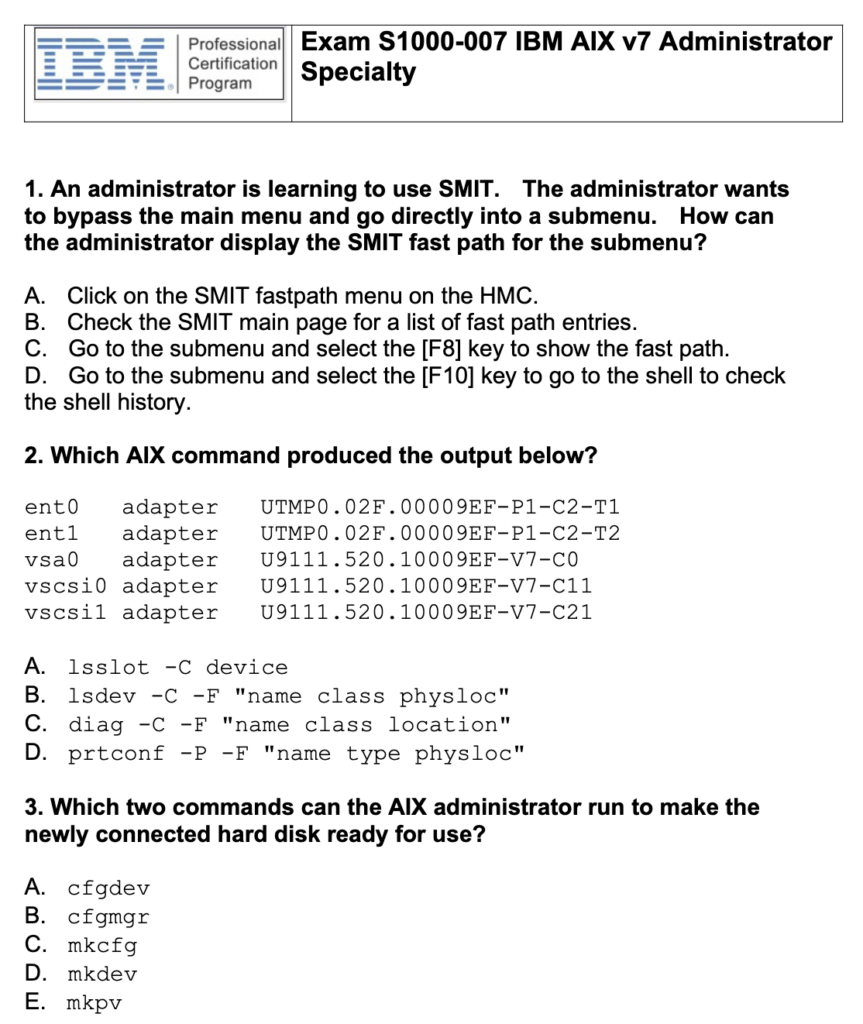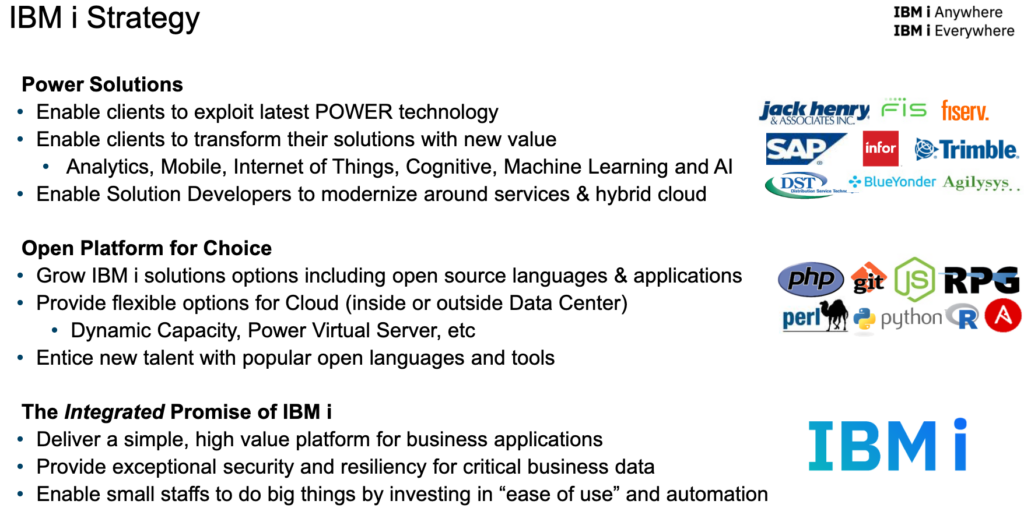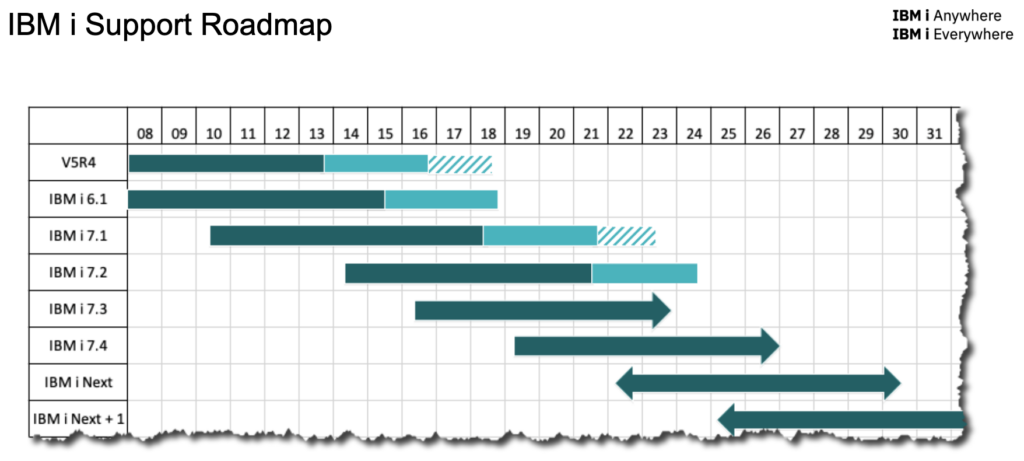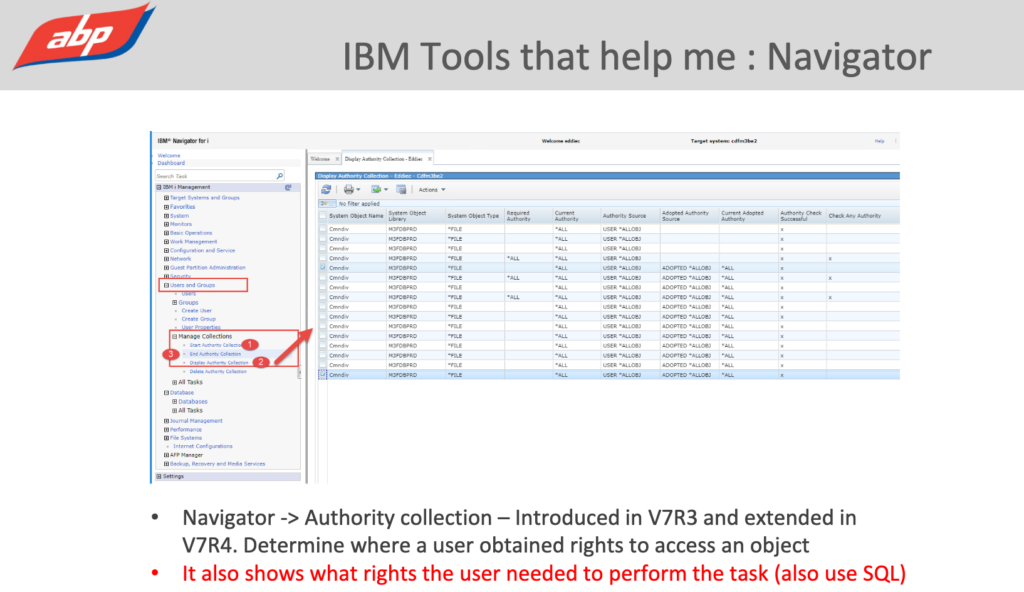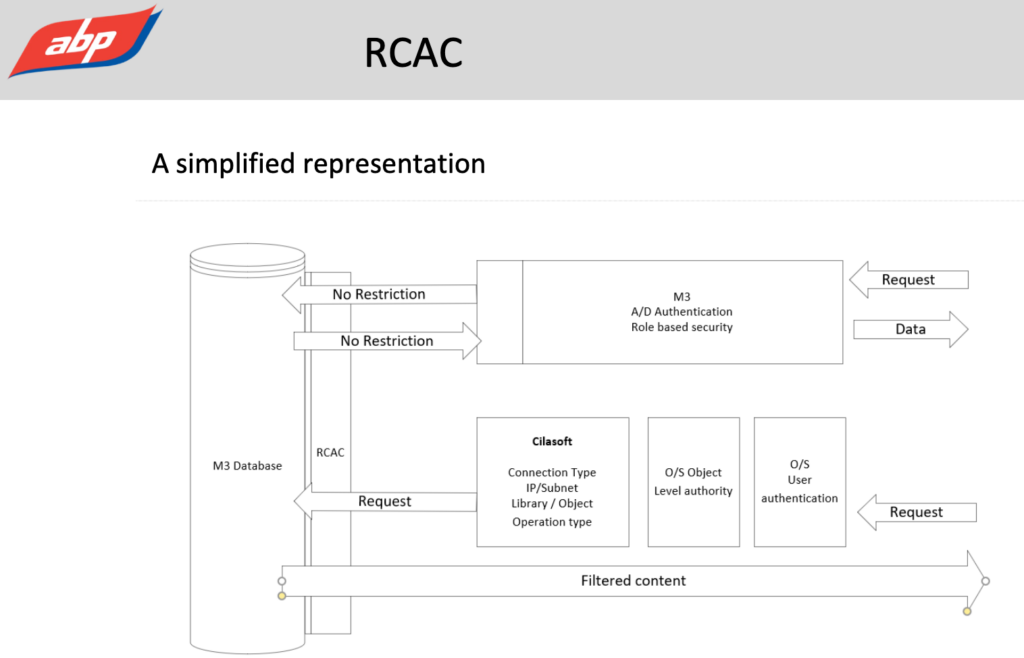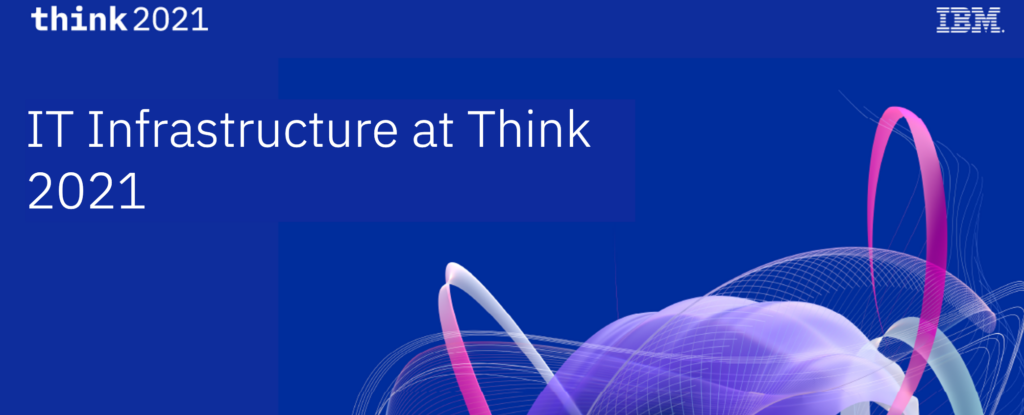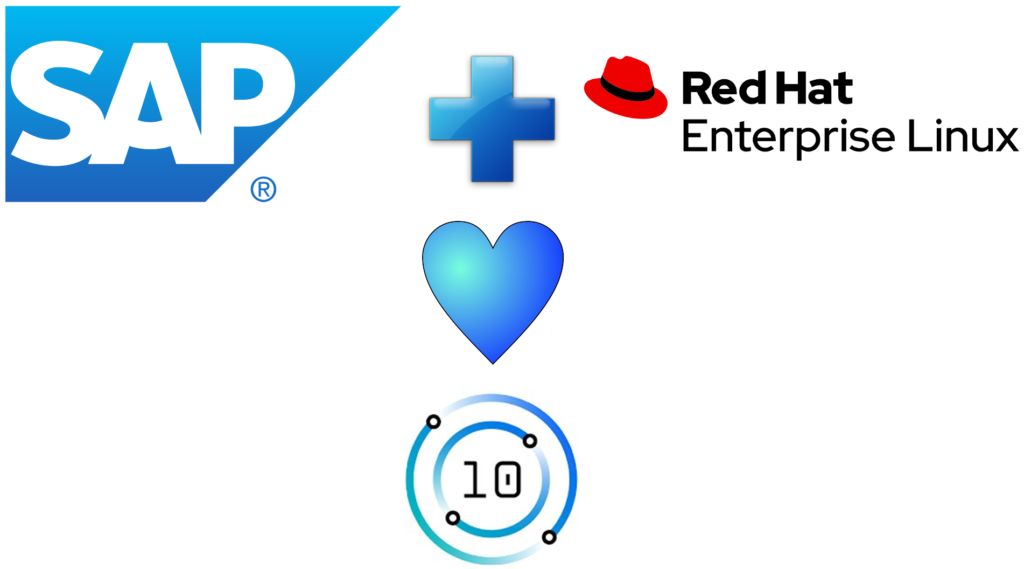
On this page we are collecting information and links regarding SAP and Redhat on IBM Power!
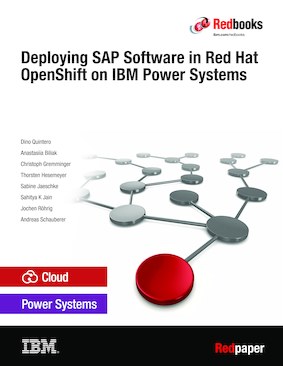
TCO Linux on Power
https://www.ibm.com/blogs/systems/lowering-tco-with-linux-on-ibm-power-systems/
IDC White Paper
Who Can Benefit from SAP HANA Database ans S/4HANA on IBM Power Systems?
https://www.ibm.com/downloads/cas/W4VKZJMO
“Since late 2015, SAP HANA has also been available on IBM Power Systems with IBM’s innovative IBM Power Systems architecture and processors, and IBM says that to date it has more than 3,000customers running SAP HANA on IBM Power Systems. IDC believes that IBM Power Systems is a strong differentiator for SAP HANA and S/4HANA. IBM Power Systems is designed for very data-intensive workloads such as SAP HANA, with powerful built-in virtualization that is SAP certified aswell as numerous reliability features”
References – Redhat + SAP
Blanc und Fischer IT Services GmbH
https://www.ibm.com/case-studies/blanc-und-fischer-it-services-systems-hardware-sap
Metalloinvest
https://www.ibm.com/case-studies/metalloinvest/
By adopting the SAP S/4HANA platform, Metalloinvest was able to shut down 100 IT systems and slash operating costs. More than 7,000 employees are using the new platform, which has improved efficiency and manageability. More than 2,400 employees use the SAP S/4HANA platform daily to plan and execute more than 34,000 maintenance orders each month.
Targeted audience (From IDC Whitepaper)
Businesses with SAP HANA Appliances Due for a Refresh
“Many businesses started their SAP HANA journey as many as six years ago with SAP HANA appliances on commodity architecture. This was the only solution available at the time. Those businesses are now facing a costly scale-out expansion or possibly a complete technology refresh”
Businesses on Commodity Architecture Moving to SAP HANA
“Businesses that are running their datacenter on commodity architecture that have not yet moved to SAP HANA have a choice between appliances on commodity architecture and IBM Power Systems. Even if they have never had IBM Power Systems in the datacenter, bringing the platform in today provides a powerful Linux system with significant processor benefits.”
Businesses with a Traditional Database and SAP Applications onIBM Power Systems
“There are many businesses that run their SAP business applications on IBM Power Systems with a traditional database, such as Oracle or DB2. For them, a move to SAP HANA (BW on SAP HANA, Suite on SAP HANA, SAP BW/4HANA, or SAP S/4HANA) involves their mission-critical processes and data. On the other hand, migrating to SAP HANA on IBM Power Systems will provide businesses with a significant database performance boost, easier administration and processing of vast volumes of business data, and faster user response time for transactional in-memory processing”
Businesses on IBM Power Systems That Currently Do Not Have SAP
“Many of these businesses prefer to remain on IBM Power Systems because they are invested and know IBM Power Systems, which makes migration easier. What’s more, once they have started a discussion to migrate off their traditional relational database management system (RDBMS), they are typically not looking to replace it with another traditional RDBMS. This essentially leaves them with two options: an open source database solution (e.g., EnterpriseDB) or SAP HANA on IBM Power Systems”
Businesses with On-Premises SAP Apps That Want to Expand Off Premises
“SAP expects its customers to move to a cloud or hybrid cloud model. Businesses can extend their environment to IBM Cloud using Power Virtual Servers. IBM Cloud provides a wide varietyof SAP-certified options for running SAP workloads, including IBM Power Systems. SAP infrastructure services are available in 58 IBM Cloud datacenters around the globe”



